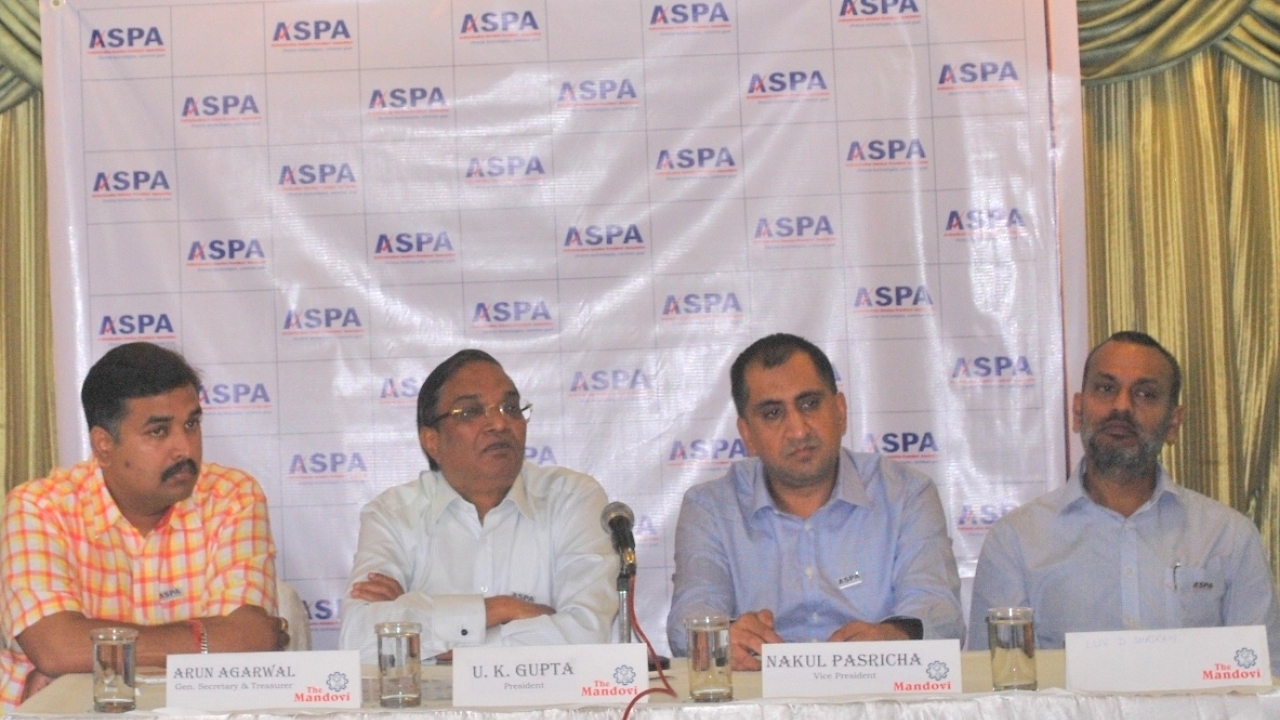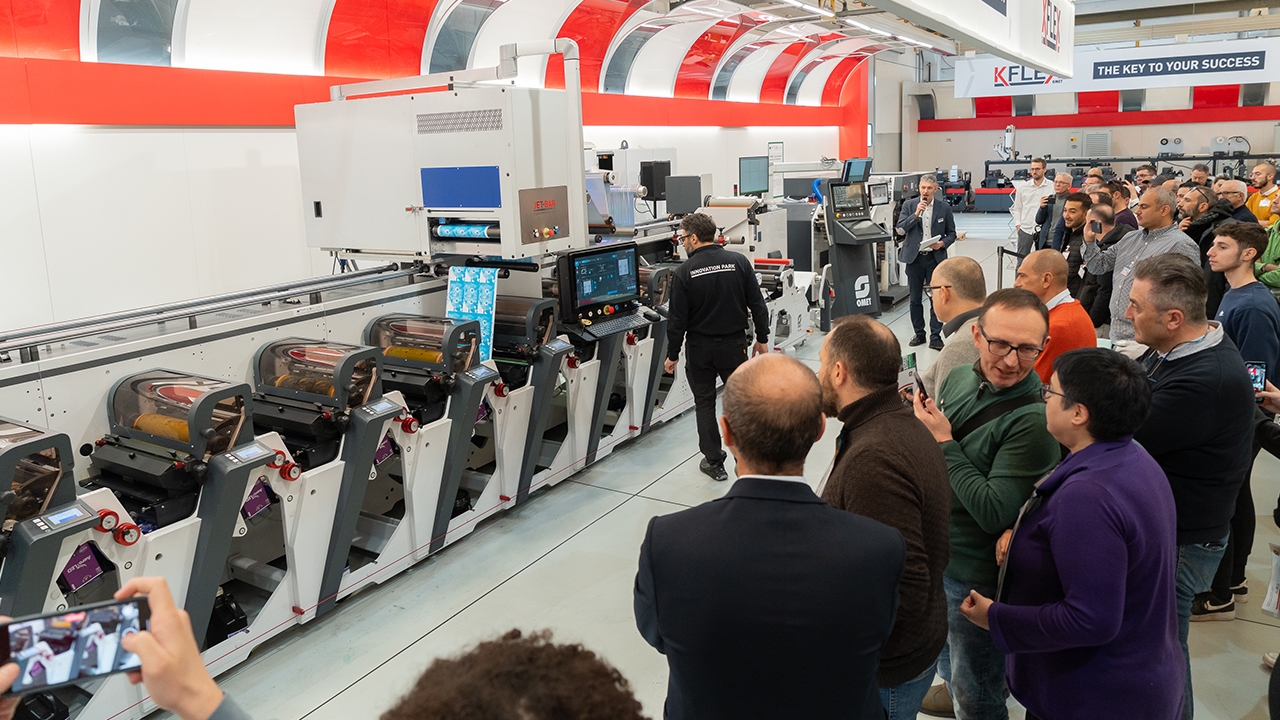ASPA to secure ‘Made in India’ products
The Authentication Solution Providers’ Association (ASPA) has offered anti-counterfeiting technology to secure ‘Made in India’ products in the interest of consumer, brand and revenue protection. Today, its members are already protecting more than 10,000 brands globally.

U.K. Gupta, president of ASPA and chairman and managing director of Holostik India, said: ‘We welcome the initiative of the Government of India and the Made in India campaign. These products have great opportunity in India and overseas. However, with the increase of counterfeiting in various sectors, there is a constant need to ensure that products carrying the Made in India label are of the highest quality, genuine and secure till the time they are delivered to the end consumer.
‘We offer various authentication solutions which will ensure these products are easily identified as genuine by brand owners, government authorities and consumers with the help of IT and digital solutions such as mobile apps, SMS and web based applications. Further, the adoption of authentication solutions will help these sectors combat counterfeiting and ensuring high revenue growth which will contribute to the nation’s economy.’
Citing an example of usage of authentication technology by various states excise departments, he said, ‘In India, more than 22 states use approximately Rs 2,000 crores (300 million USD) worth of security hologram (tax stamps) on liquor bottles each year. The usage of authentication solutions in states including Tamil Nadu, Uttar Pradesh, Karnataka, Madhya Pradesh, Puducherry, Chhattisgarh has not only minimized the tragedies due to spurious liquor, but has also increased the excise revenue collection by over 15 to 20 percent year-on-year.’ According to the excise minister of Maharashtra, the use of security holograms will likely earn the state Rs 1,400 crore (211 million USD) in additional revenue.
Nakul Pasricha, vice president of ASPA, stated, ‘There are various affordable authentication solutions available. For example drug counterfeiting can be fought by putting unique, random, alphanumeric codes on individual blister pack, bottle or injectable vial. Over 1,200 products have already been protected through this technology, with close to 50 companies having already adopted the solution in India and other countries. With regulations being adopted by most governments, such solutions that incorporate unique identification of products with verification, and add a layer of track-and-trace, will be required in order to meet regulatory demands and protect consumer’s without comprising their health.’
According to ASPA, packaged goods from FMCG industries faced a loss of 21,957 crore (3.3 billion USD) in 2013-14 which is a 7 percent rise from the Rs 20,378 crore (3.069 billion USD) in 2011-12. The loss incurred by FMCG personal goods was Rs 15,035 crore (about 2.3 billion USD) in 2011-12, and increased to Rs 19,243 crore (about 2.9 billion USD) in 2013-14, thus increasing it by 28 percent.
The mobile phone industry incurred a loss of Rs 9,042 crore (1.36 billion USD) in 2011-12 which increased by 111 percent to Rs 19,066 crore (2.87 billion USD) in 2013-14. Alcoholic beverages accounted for a loss of Rs 5,626 crore (847 million USD) in 2011-12 and increased by 151 percent the following year to touch Rs 14,140 crore (about 2 billion USD) in 2013-14. In tobacco the loss was 8,965 crore (1.35 billion USD) in 2011-12 which increased to 13,130 crore (1.97 billion USD) in 2013-14 making it 46 percent higher.
In the auto components industry, a loss of Rs 9,198 crore (1.38 billion USD) in 2011-12 grew to Rs 10,501 crore (1.58 billion USD) in 2013-14 experiencing a 14 percent increase. In the computer hardware industry, losses of Rs 4,725 crore (about 712 million USD) in 2011-12 went up to Rs 7,344 crore (1.1 billion USD) in 2013-14, a 55 percent increase. The total loss faced by the above mentioned industries was Rs 72,969 crore (about 11 billion USD) in 2011-12 that grew by 44 percent to reach Rs 105,381 crore (15.87 billion USD) in 2013-14.
The loss incurred by the Indian government increased to Rs 39,239 crores (5.9 billion USD) in 2013-14 from Rs 26,190 crore (3.94 billion USD) in 2011-12 which is an increase of 49.8 percent in two years.
Stay up to date
Subscribe to the free Label News newsletter and receive the latest content every week. We'll never share your email address.

